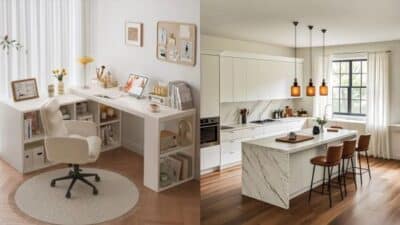A day-to-night room transformation changes a space to fit different needs and moods as the day goes on. It helps people get the most from their rooms by making them bright and functional during the day, and cozy or relaxing at night. The key to a successful day-to-night swap is using lighting, decor, and furniture that work well for both times.
Many people find this useful for bedrooms and living areas, where the atmosphere should shift from work or activity mode to rest and comfort. Simple tools like adjustable curtains, layered lighting, and versatile pieces can make the change easy without needing a full redesign.
This kind of transformation can improve how a room feels and works all day long. It’s a smart way to create a space that suits different parts of the day and makes everyday living more enjoyable.
Core Strategies for Day-to-Night Room Transformations
A room that shifts easily from daytime use to nighttime comfort needs smart lighting, adaptable furniture, and decor that changes with the mood. These elements work together to create a space that feels right all day long.
Lighting Solutions for Every Mood
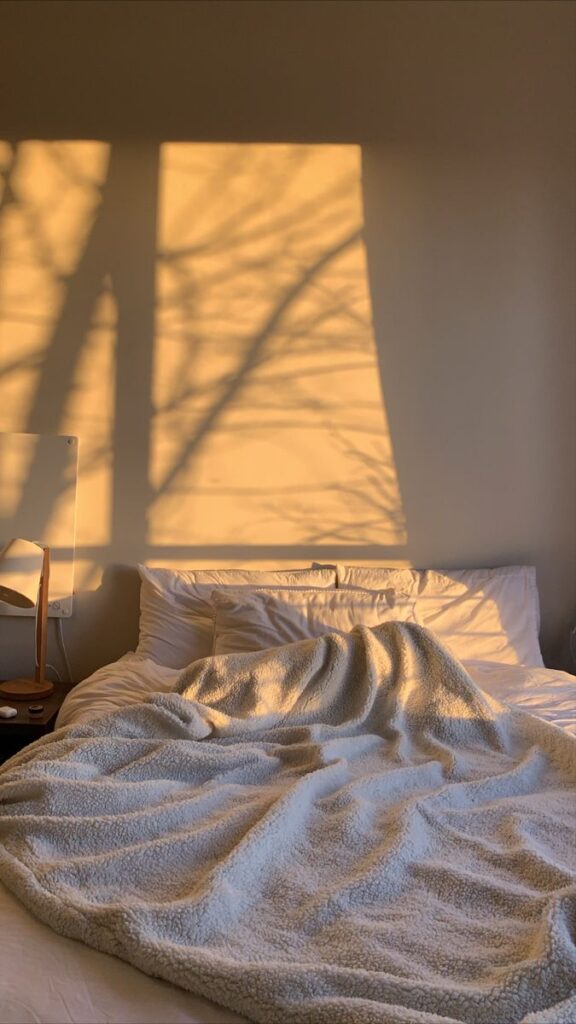

Lighting is key to changing the feel of a room. During the day, natural light or bright ambient lighting helps keep the space lively. At night, softer, layered lighting creates a cozy atmosphere.
Task lights like desk lamps or reading lights are important for focused activities. Adjustable fixtures, such as dimmable overhead lights or lamps with multiple brightness settings, help set the right mood easily.
Using warm-colored bulbs in evening lamps makes the room feel inviting. Adding smart bulbs or lighting systems that can shift colors and brightness lets users control light without hassle.
Flexible Furniture Arrangements
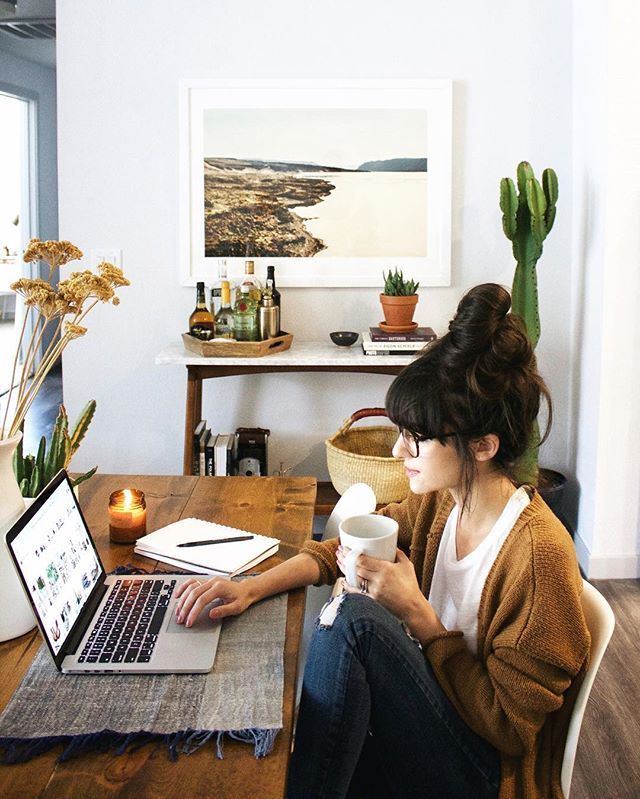
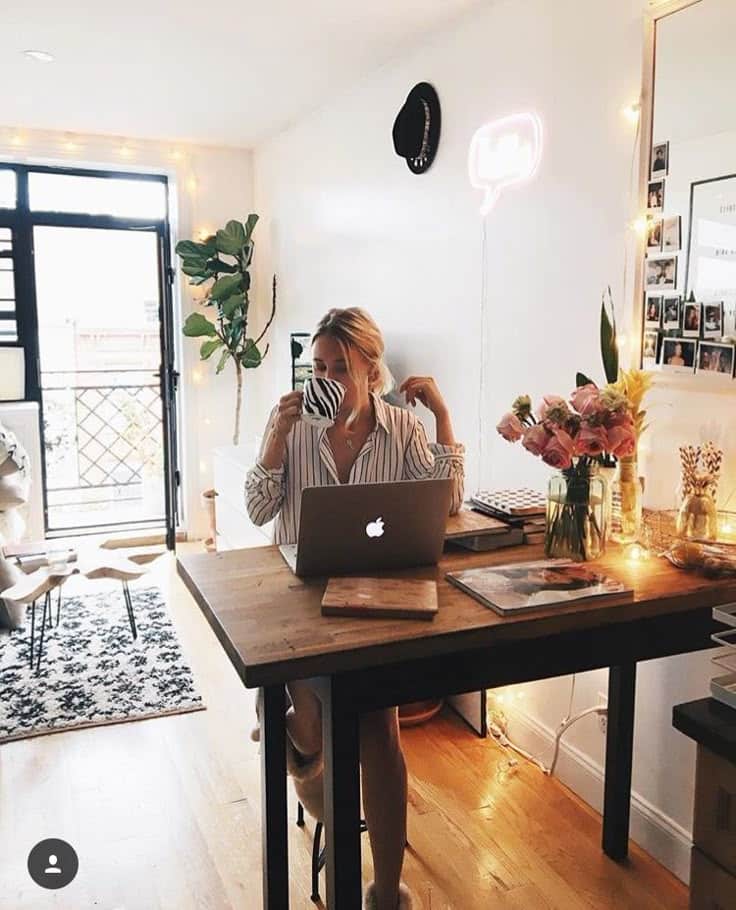
Furniture that moves or changes helps a room serve multiple purposes. Pieces like fold-away desks, modular sofas, or beds on tracks let a space transform quickly.
For example, a day sofa can become a bed at night, or a dining table might double as a workspace. Stackable stools or multi-use ottomans add seating without clutter.
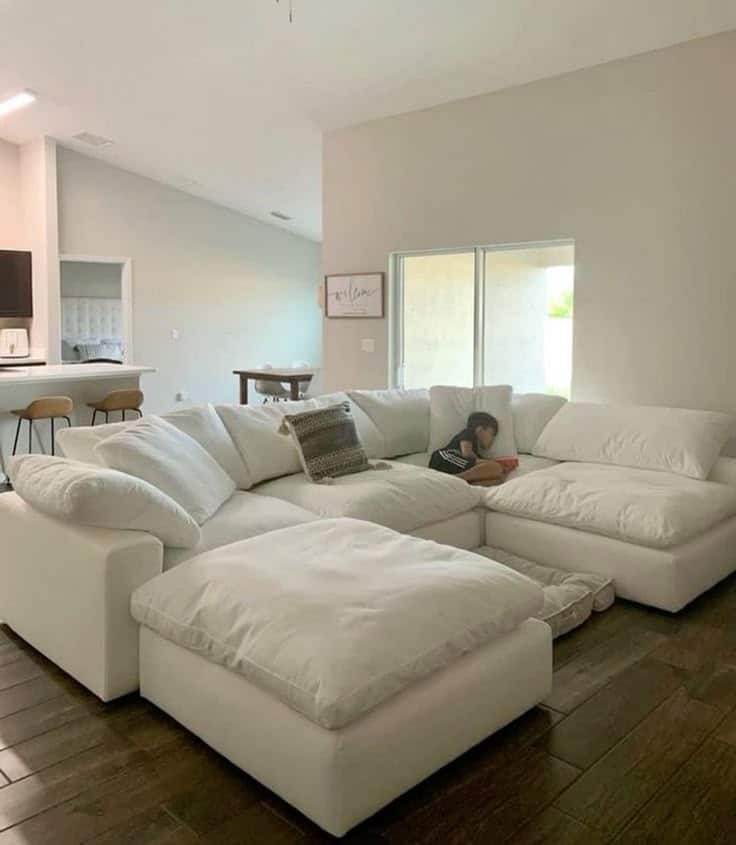
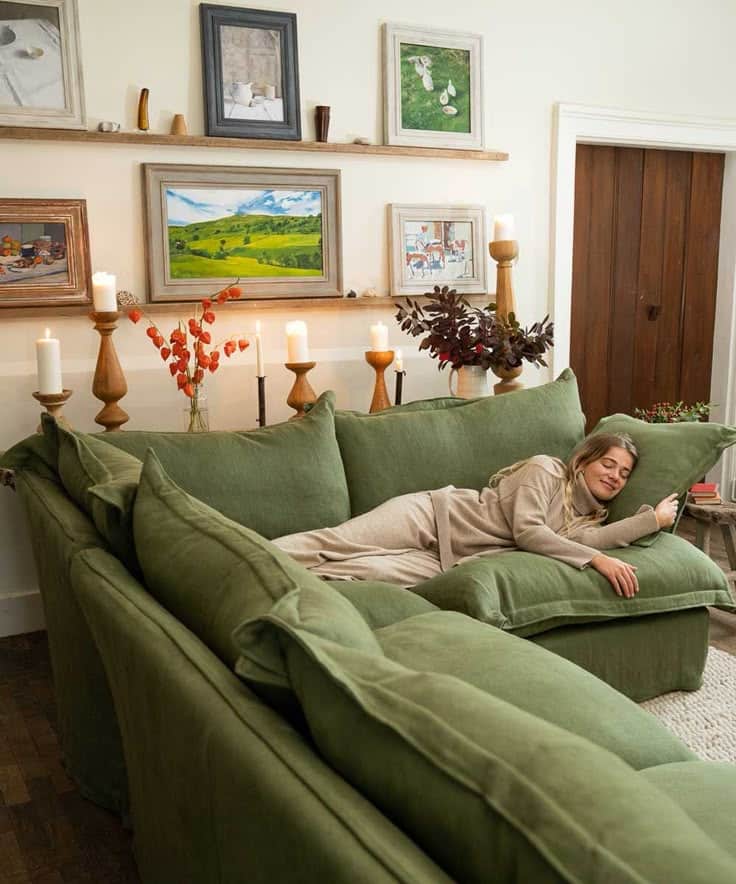
Choosing lightweight, easy-to-move furniture allows quick shifts in layout. This flexibility is especially useful for small rooms that need to work harder.
Adjustable Decor Elements
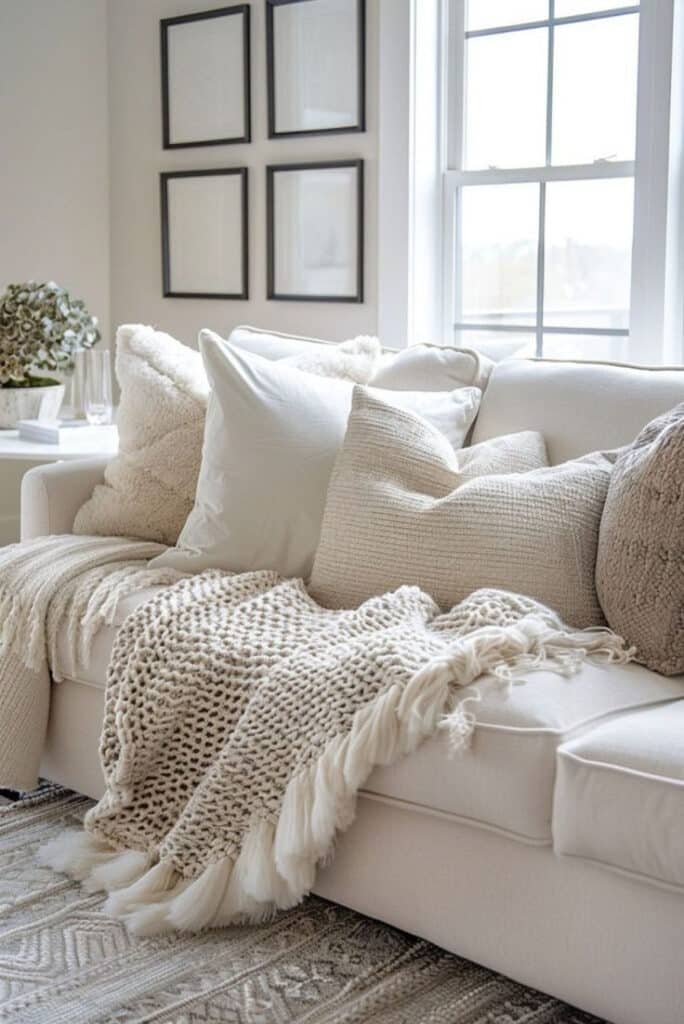
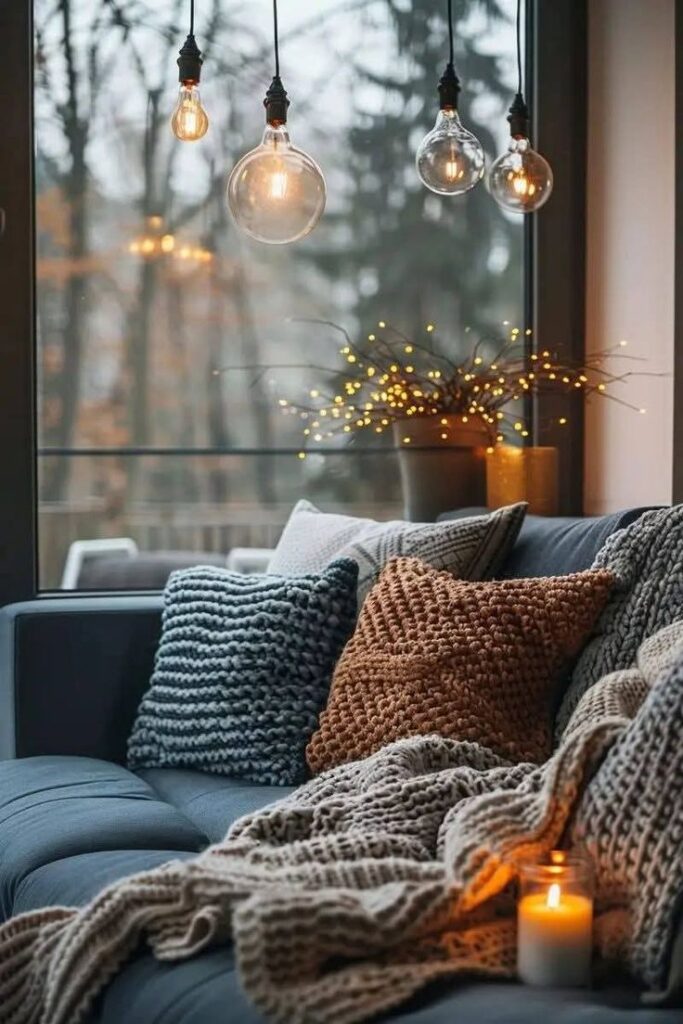
Decor that can be changed easily supports the day-to-night switch. Curtains or blinds play a big role by controlling light and privacy.
Throw blankets and cushions in different textures or colors give instant updates to the look and feel. Removable wall art or magnetic photo frames allow personal style to evolve.
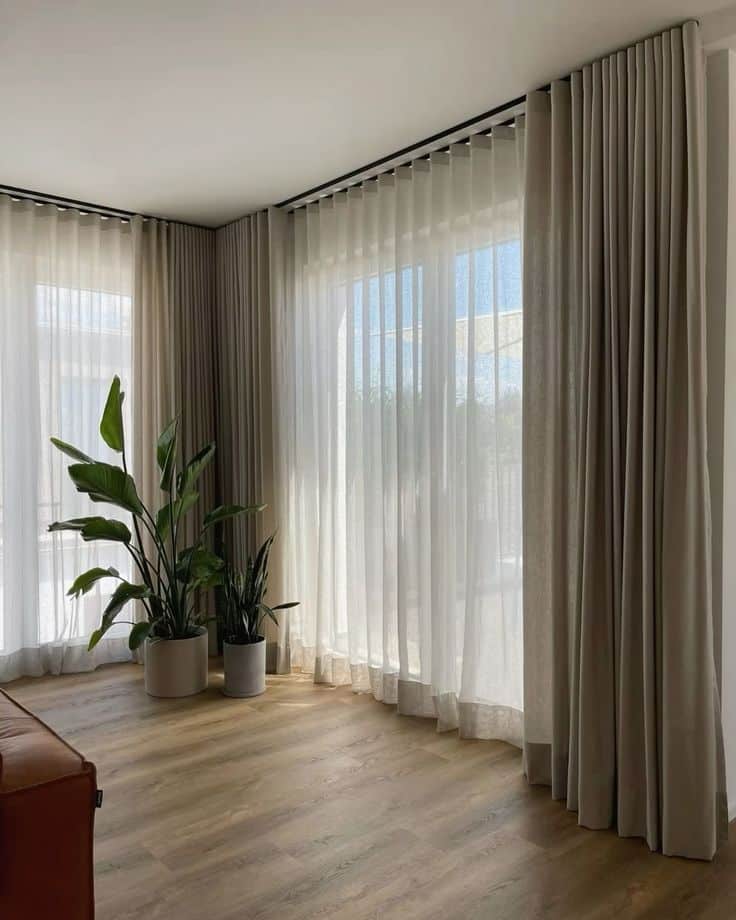
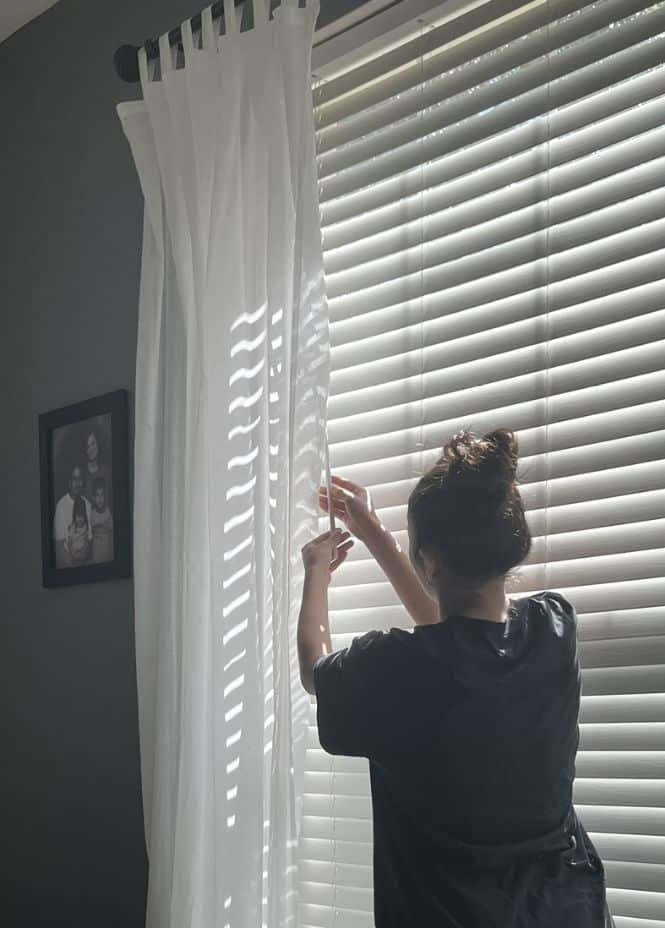
Using trays or baskets to store small items keeps the room tidy and adaptable. This lets the user quickly swap or hide things depending on the time of day or activity.
Creative Ideas to Maximize Day-to-Night Versatility
Small changes can shift a room’s purpose and mood smoothly from daytime tasks to nighttime relaxation. Adjusting storage, fabrics, and layout helps make this transition simple and practical.
Practical Storage Hacks
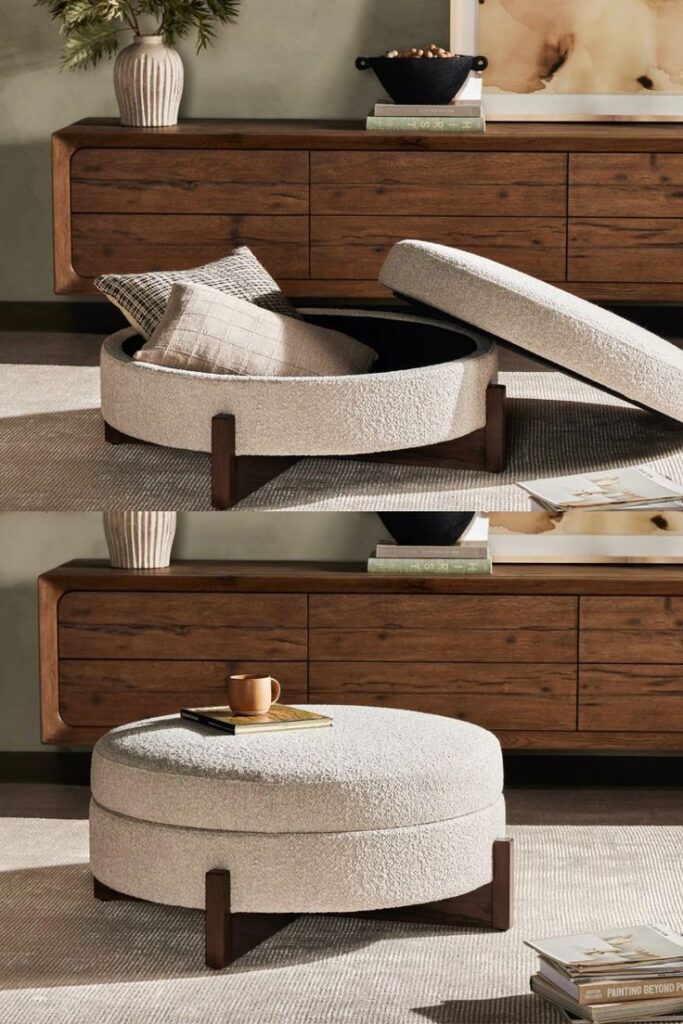
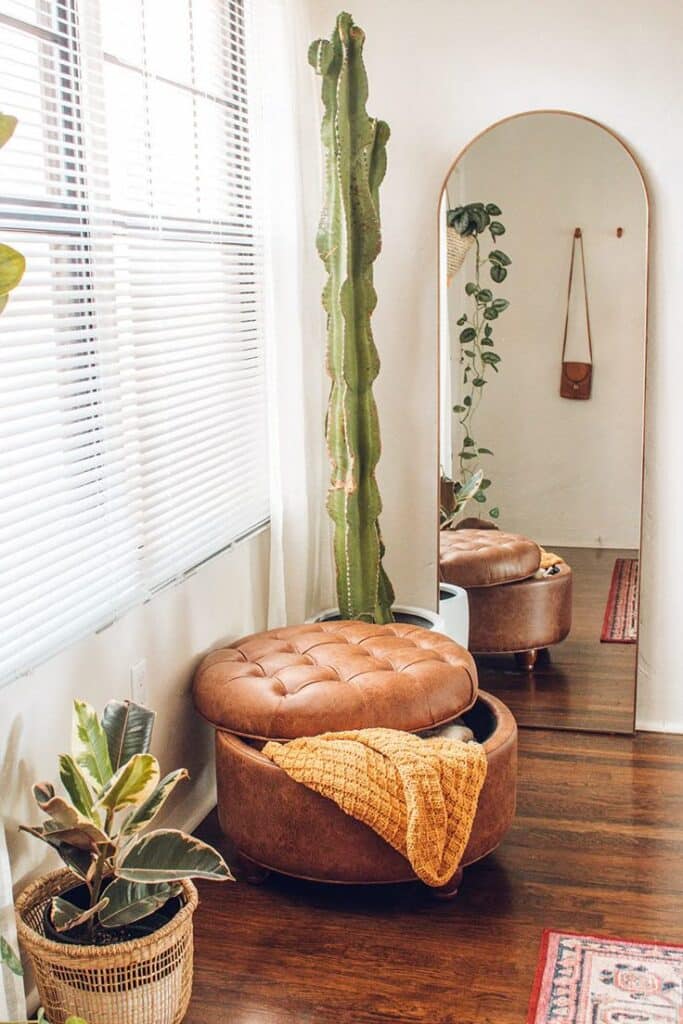
Smart storage keeps clutter out of sight, making a room look fresh and ready for evening use. Use furniture with hidden compartments, like ottomans or coffee tables with lids. These spots are perfect for stashing daytime items such as books, work papers, or kids’ toys.
Wall shelves or hooks near entryways can hold necessities during the day but be cleared or replaced with decorative items for night. A rolling cart or side table makes it easy to move essentials out of the way quickly.
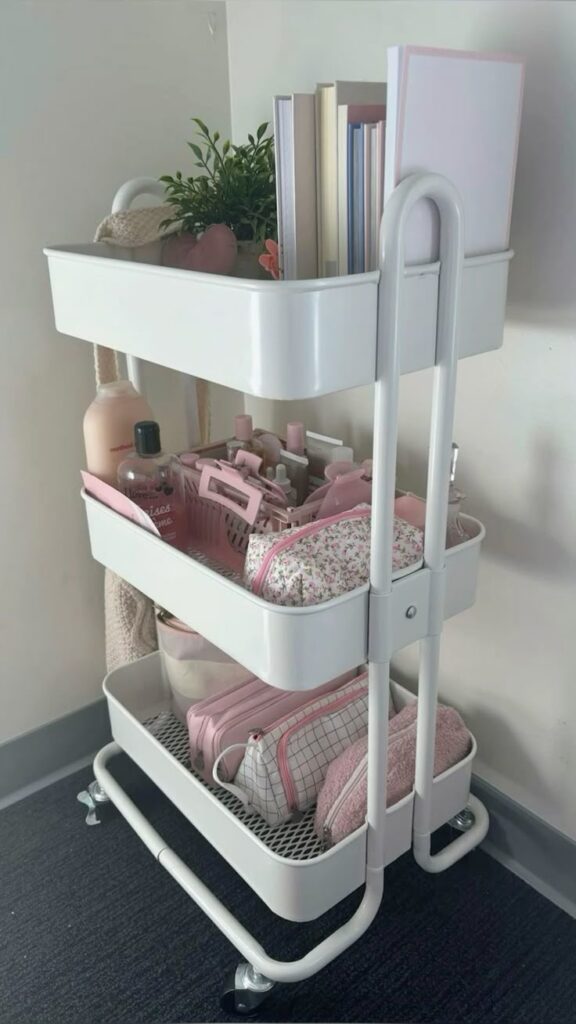
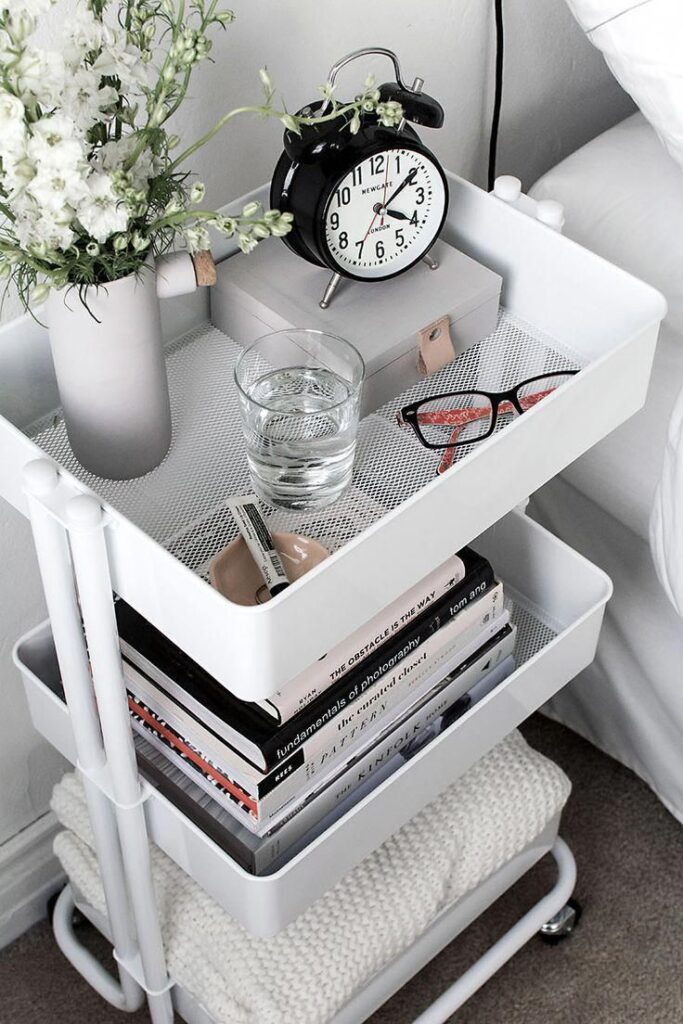
Labeling storage areas helps keep things organized and speeds up the changeover. The best setups balance easy access during the day with neatness for a calm nighttime atmosphere.
Textile Swaps for Ambiance Change
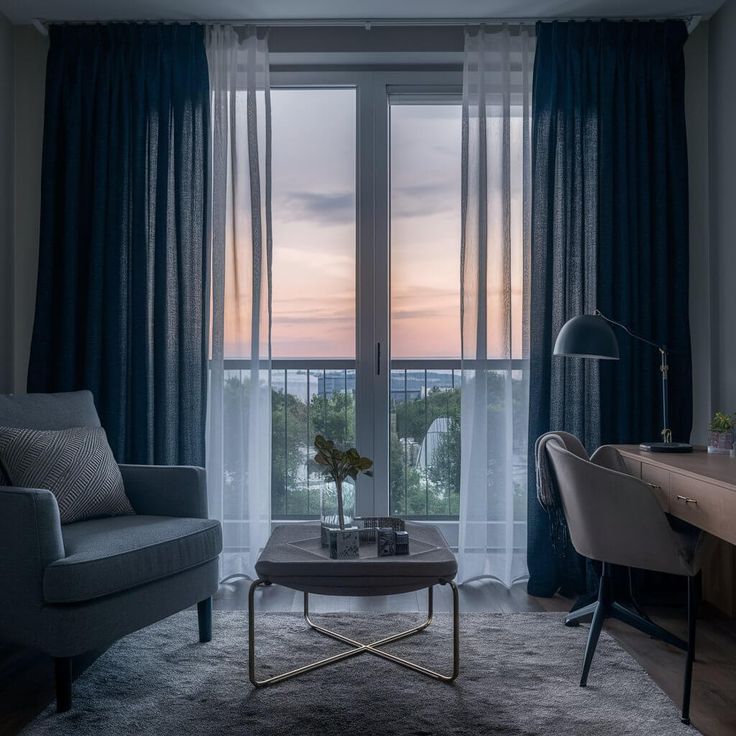
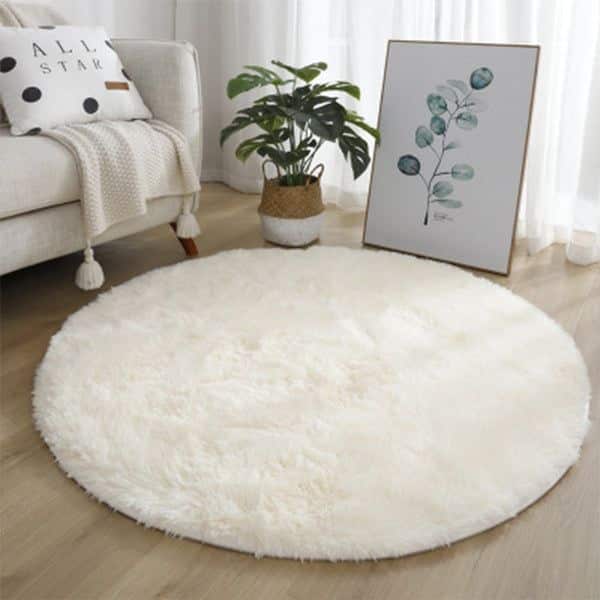
Swapping out textiles is one of the easiest ways to change the feel of a room. Sheer curtains or light-colored rugs work well during the day by letting in light and creating openness.
At night, heavier curtains or darker fabrics can offer privacy and warmth. Swapping bright throw pillows for ones in deeper shades or softer textures also helps set a cozy mood.
Even lightweight blankets or slipcovers can be changed to reflect the time of day. Keeping a simple storage basket nearby makes it easy to switch or layer textiles quickly.
Zoning Spaces for Multiple Uses
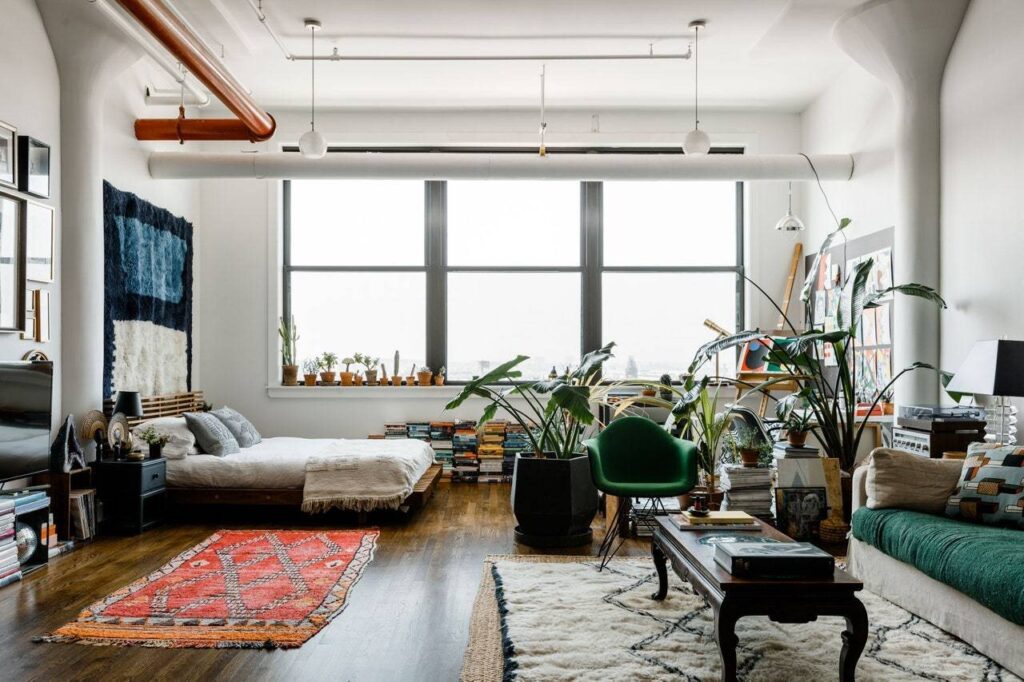
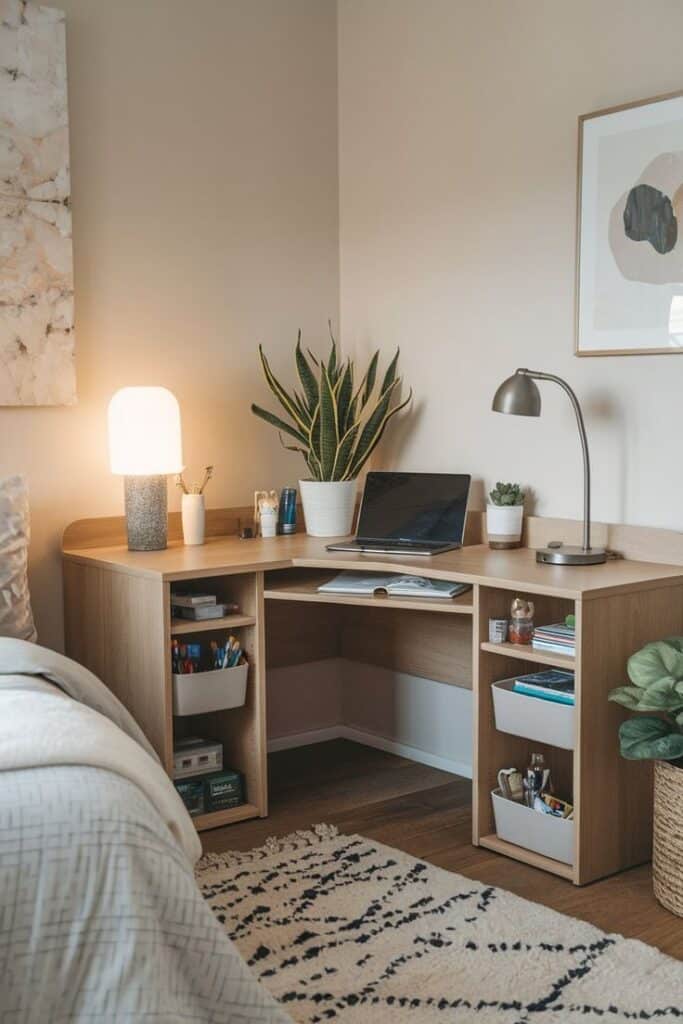
Creating zones divides the room for different functions without walls. A corner desk with a lamp and chair defines work during the day.
At night, adding a foldable screen or moving a small bookshelf can make this corner feel less formal. An area rug or a change in lighting can separate a relaxing lounge zone.
Using multi-purpose furniture, like a sleeper sofa or a fold-down table, helps switch between activities. Clear boundaries through layout make it easier to shift focus from work to relaxation without needing extra space.
- 780shares
- Facebook0
- Pinterest780
- Twitter0
